QUIC Transport Protocol and HTTP/3 Enhancements: A Game Changer for the Web
The evolution of web protocols has always aimed to make the internet faster, more reliable, and secure. QUIC (Quick UDP Internet Connections), developed by Google, is a modern transport protocol designed to replace TCP for web traffic. With the rise of HTTP/3, QUIC is now the foundation of the latest web protocol, promising significant improvements in speed, latency, and security.
What is QUIC?
QUIC is a UDP-based transport protocol that provides the reliability of TCP, combined with features that reduce latency and improve connection security. Unlike TCP, which relies on multiple round trips to establish a connection, QUIC supports 0-RTT (Zero Round Trip Time) connections, allowing data to be sent immediately after the handshake.
Key Features of QUIC:
-
Faster Handshake: QUIC reduces connection establishment latency with 0-RTT and 1-RTT handshakes.
-
Multiplexing Without Head-of-Line Blocking: Unlike HTTP/2 over TCP, QUIC avoids head-of-line blocking, ensuring one stalled packet doesn’t block others.
-
Built-in Encryption: QUIC integrates TLS 1.3, ensuring encryption from the start.
-
Connection Migration: QUIC supports seamless migration across network paths, like switching from Wi-Fi to cellular without dropping connections.
HTTP/3: The QUIC-Powered Upgrade
HTTP/3 is the latest version of the Hypertext Transfer Protocol, replacing HTTP/2’s TCP transport with QUIC. This upgrade brings significant performance enhancements:
-
Reduced Latency: Faster connection establishment and quicker page loads.
-
Improved Reliability: Multiplexed streams prevent one stalled request from blocking others.
-
Better Security: HTTP/3 inherits QUIC’s TLS 1.3 encryption.
-
Seamless Mobile Experience: Connection migration ensures uninterrupted browsing while switching networks.
Real-World Impact
For end-users, QUIC and HTTP/3 result in faster page load times, smoother streaming, and better mobile browsing experiences. For developers and network engineers, they provide better control over congestion management, reliability, and security. Major platforms like Google, Facebook, and Cloudflare have already adopted QUIC and HTTP/3 to enhance user experience.
Frequently Asked Questions (FAQ)
Q1: How is QUIC different from TCP?
A: QUIC runs over UDP, integrates encryption by default, supports 0-RTT connections, and avoids head-of-line blocking, making it faster and more reliable than TCP for web traffic.
Q2: Why does HTTP/3 use QUIC instead of TCP?
A: HTTP/3 leverages QUIC’s low-latency handshakes, multiplexing without head-of-line blocking, and built-in security to improve performance and reliability over HTTP/2 on TCP.
Q3: Will my website need changes to support HTTP/3?
A: Most modern web servers (like NGINX, Apache, and Cloudflare) already support HTTP/3. Minimal configuration is typically required, though testing is recommended.
Q4: Does QUIC improve mobile browsing?
A: Yes, QUIC’s connection migration allows uninterrupted browsing when switching networks (e.g., from Wi-Fi to 4G/5G), enhancing mobile user experience.
Q5: Is HTTP/3 widely supported?
A: Yes. Major browsers like Chrome, Firefox, Edge, and Safari support HTTP/3, and cloud providers are rapidly adopting it.
Q6: Are there any security concerns with QUIC?
A: QUIC uses TLS 1.3 encryption by default, which makes it very secure. However, monitoring network devices for QUIC traffic may require updates due to its UDP-based nature.
Conclusion:
QUIC and HTTP/3 represent a major leap forward in web performance and security. They reduce latency, improve reliability, and provide a smoother experience for users, especially on mobile and high-latency networks. As adoption grows, these protocols will become the standard for modern web applications.













 2025. All rights reserved
2025. All rights reserved